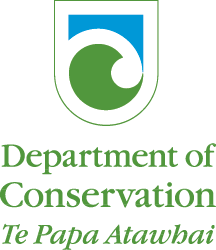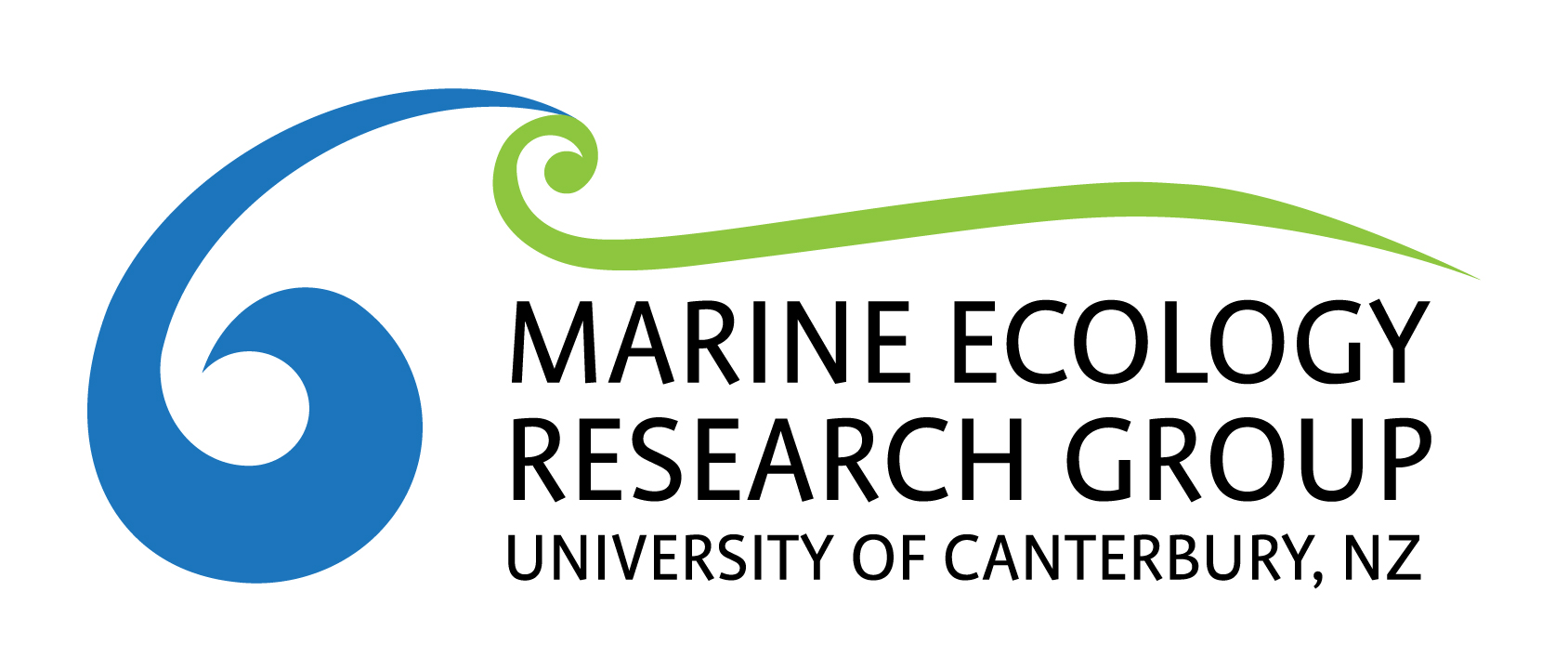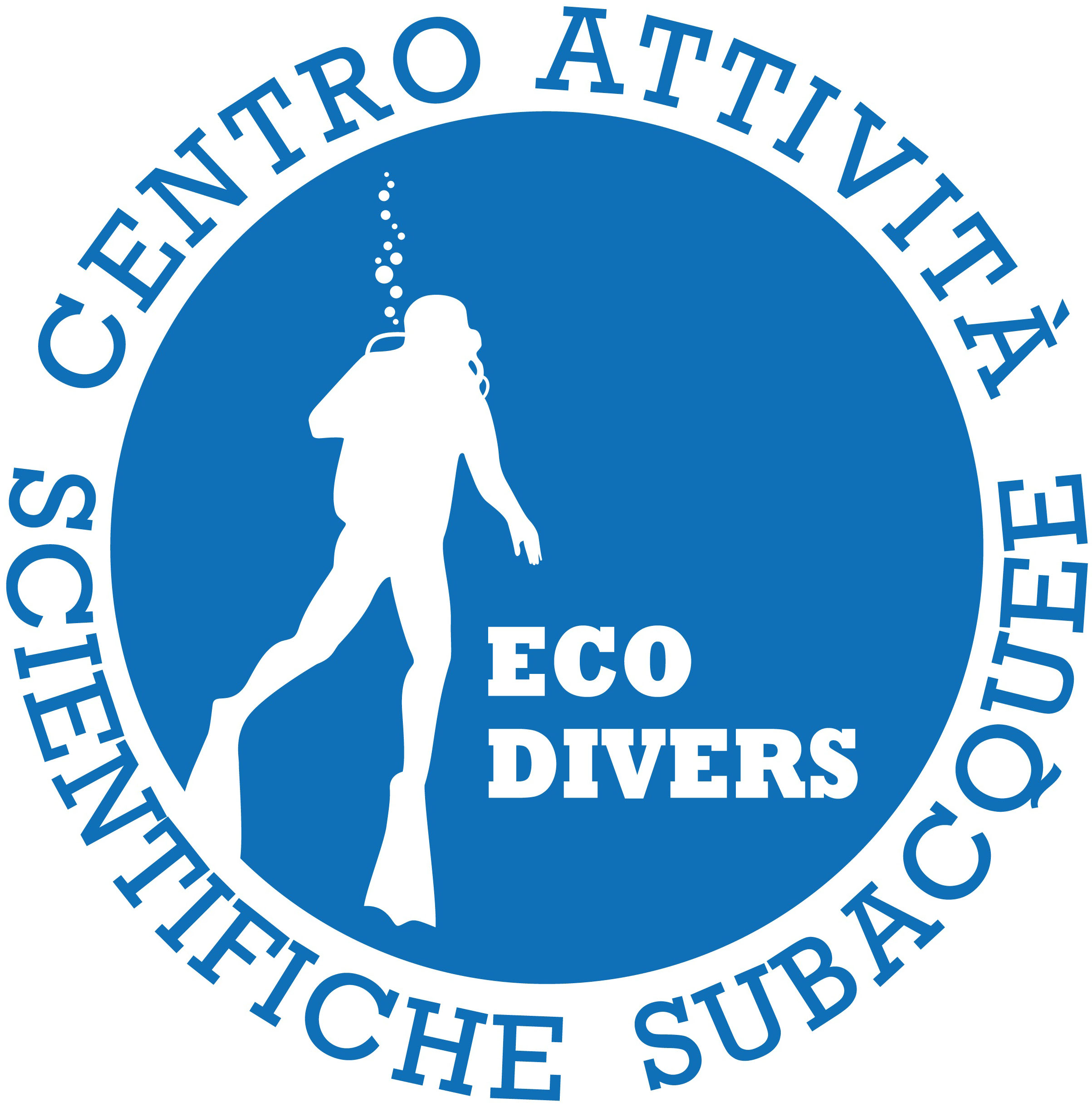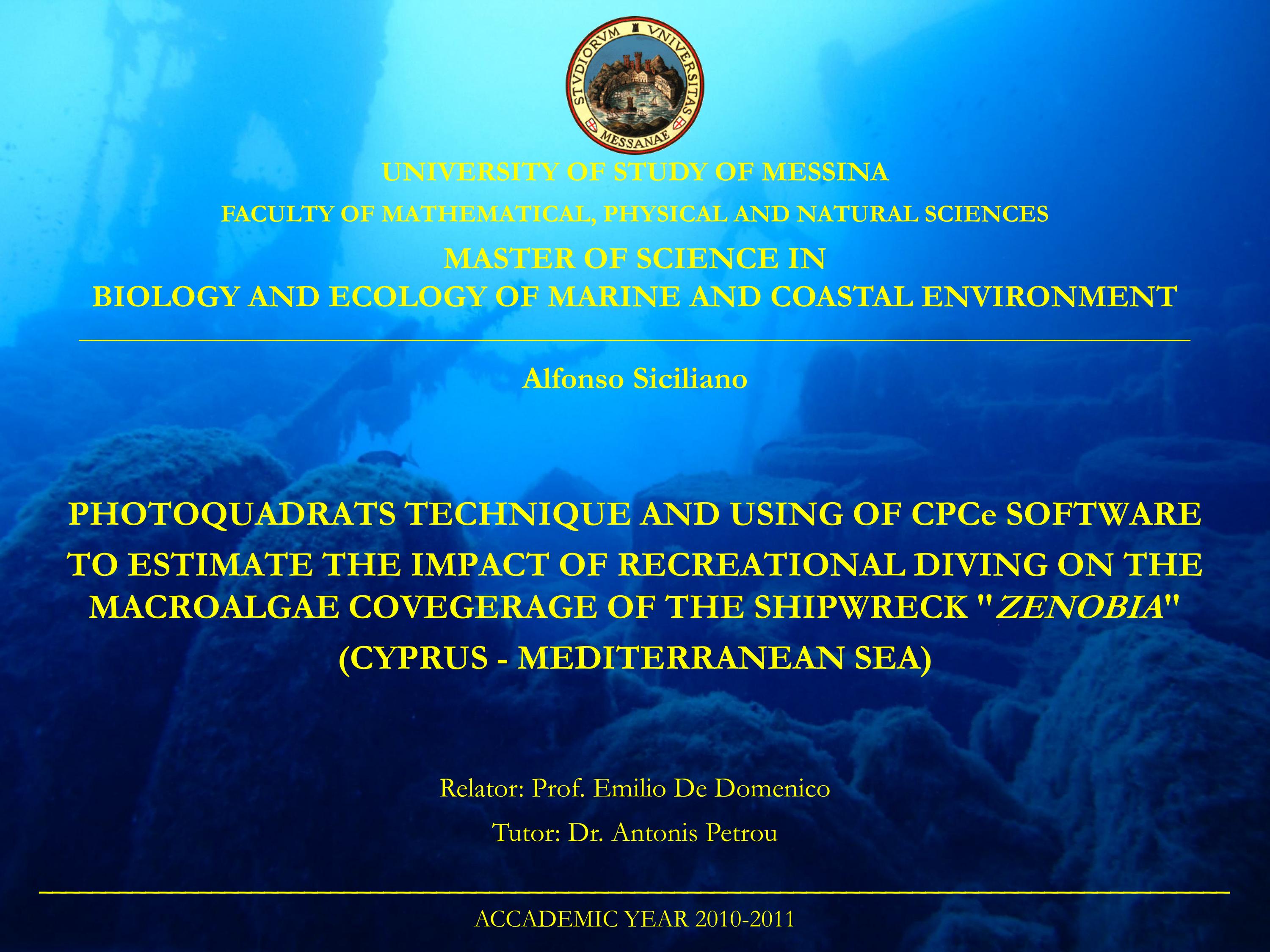
ABSTRACT. Artificial reefs represent effective ecosystems for fish restocking but they are also extremely delicate and sensitive environments as they represent hot-spots for recreational divers. For this reason, the impact of recreational diving on artificial reefs should be taken in consideration as unexperienced divers and underwater photographers can strongly affect benthic communities. The aim of this study was to assess the effect of recreational diving on the macroalgae coverage of the shipwreck “Zenobia” in Larnaka (Cyprus). The “Zenobia” is an excellent example of artificial reef affected and partially damaged by anthropogenic activities, as it represent one of the 10 best shipwreck and one of the 25 best diving site in the world. The macroalgae coverage, here considered as indicator of physical damage caused by recreational divers, was compared in three transects on the exposed side of the shipwreck, using the photoquadrats technique and the Coral Point Count Excel extension software. This study remarks the importance of digital imaging samplings in habitat characterization since these techniques offer an excellent compromise between dive time and data accuracy, offering an excellent alternative to destructive sampling. In addition, this study supports the effectiveness of digital image analysis software, such as CPCe, which couple versatility, accuracy, and simplicity, making them necessary and indispensable tools in scientific diving.
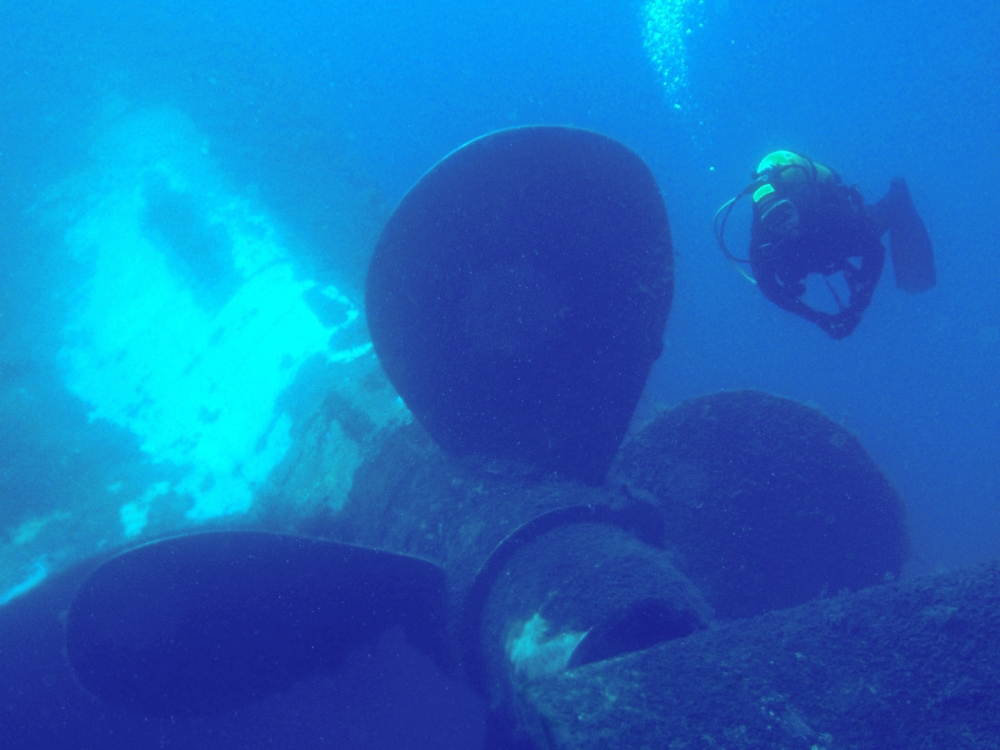
This research was finalized by the publication of a peer-reviewed paper.
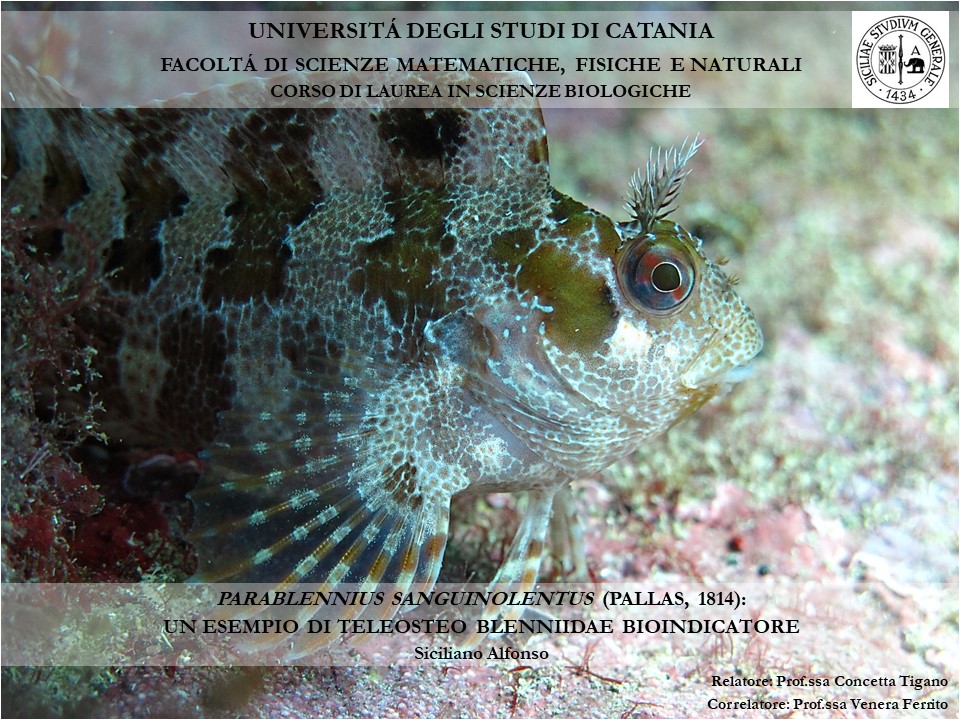
ABSTRACT. In the last few years, the adoption of Teleosts as bioindicators of anthropogenic impact on aquatic environments has become popular. Fish are excellent bioindicators of aquatic ecosystem health because of their high sensitivity to environmental changes. It has been widely shown that exposure to genotoxic agents can cause important severe alterations and damages at different levels of structural complexity: the onset of micronucleous (MN) and nuclear abnormalities (NA) are the result of molecular damages induced by genotoxic agents, demonstrating their effectiveness in detecting the presence of genotoxic agents. Compared with other cytogenetic methods, the MN test is the most widely used test for aquatic species as it does not involve cell cultures, it is independent from the number of species’ chromosomes, it is fast and easy, and the micronucleaous identification at the microscope is quite simple. This study aimed to assess the damage caused by genotoxic agents in aquatic environments, based on the presence of micronucleous and nuclear abnormalities in erythrocytes of the blenny Parablennius sanguinolentus (Pallas, 1814), collected in two sites along the eastern coast of Sicily (Italy). Such a species was considered as a valid bioindicator due to its biological features and its occurrence in the sites object of this study.
